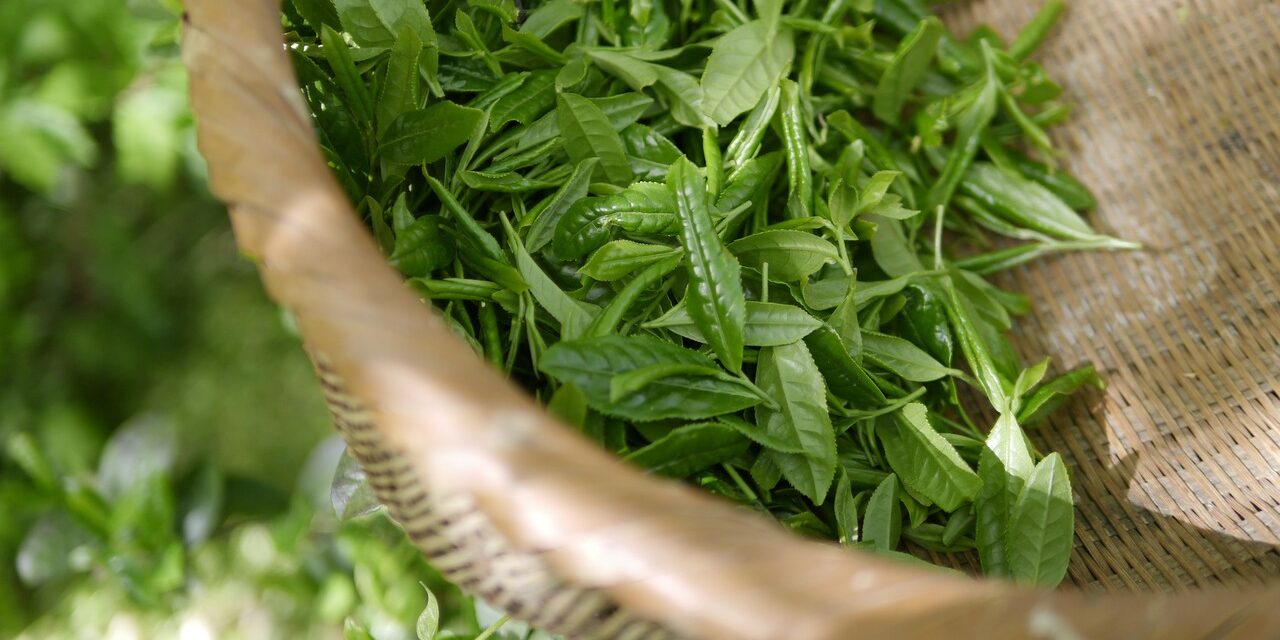Tea culture in Japan is a profound and intricate tapestry interwoven with the nation’s history, social customs, and aesthetic ideals. Historically, tea’s introduction to Japan can be traced back to the early 9th century, following the journeys of Buddhist monks who brought tea seeds and knowledge of its preparation from China. The earliest references to tea in Japan appear in texts from the Heian period (794-1185 AD), and it was during the Kamakura period (1185-1333) that tea began to emerge as a prized commodity, notably among the samurai class.
The beverage transitioned from a simple drink associated with monastic practices to a significant cultural symbol, especially in light of the Zen Buddhist influence that permeated the tea ceremony, or chanoyu. The tea ceremony is not merely about drinking tea, but rather reflects a philosophy of mindfulness, respect, harmony, and tranquility. Each movement and gesture within the ceremony is deliberate, embodying the ethos of wabi-sabi, which emphasizes the beauty of imperfection and transience—an aesthetic critically acclaimed in Japanese culture.
The immensely influential figure in the popularization and formal codification of the tea ceremony was Sen no Rikyū (1522-1591). Rikyū emphasized simplicity and natural elements in the tea practice. His teachings culminated in the development of the chaji (full tea ceremony), which can last for several hours and includes multiple courses of food alongside the drinking of tea. He also promoted the use of matcha, a powdered green tea made from shade-grown tea leaves, which remains iconic in Japanese tea culture today.
Modern statistics illustrate the continued significance of tea within Japanese society. According to the Japan Tea Association, Japan produced approximately 87,000 tons of tea in 2020, with over 70% of this being green tea. The country’s high standards in tea production lead to the cultivation of various renowned regional types of tea, including Sencha from Shizuoka, Uji tea from Kyoto, and Gyokuro, one of the highest grades of green tea.
Per capita tea consumption in Japan averages around 1.2 kilograms annually. Despite a slight decline in tea drinking in favor of western beverages like coffee and bottled beverages over recent decades, Japanese tea still enjoys a robust cultural and social presence. Approximately 20% of households participate in some form of tea preparation or ritual, showcasing tea’s endurance as a staple in daily life.
Tea’s role extends beyond mere consumption; it is deeply embedded in Japanese festivals, rituals, and communal activities. For instance, Shincha (new tea) season in May is celebrated significantly, where consumers eagerly anticipate the first harvest of the year. Festivals such as the “Yamecha” tea festival in Fukuoka and the “Uji Chakai” in Kyoto celebrate both tea cultivation and appreciation, attracting thousands of visitors annually.
The health benefits of tea are also worthy of note. Studies indicate that green tea is rich in antioxidants, particularly catechins, which have been linked to various health benefits, including improved cardiovascular health, weight management, and enhanced metabolic rate. As health consciousness grows globally, Japan’s tea culture is increasingly embraced by international consumers seeking natural, health-oriented products.
Moreover, the rise of specialty tea shops and cafes across Japan symbolizes a renewed interest in traditional tea and its potential fusion with modern culinary practices. These establishments often offer not only a diverse range of tea selections but also curated experiences where consumers can learn about the art of tea preparation and savor tea-pairing delicacies.
In conclusion, the culture of tea in Japan is not a static tradition but a dynamic continuum—rooted in history, enriched by aesthetics, and vitalized by the ongoing transformation within the social and dietary fabric of the nation. As a beverage that transcends the commonplace, tea stitches together the threads of patience, respect, and artistry, revealing the intimate relationship the Japanese have with not only the drink itself but also the rituals and customs that have evolved around it. Analyzing Japan’s tea culture offers insight into a society that reveres nature’s gifts and elevates daily practices into art forms, embodying a lifestyle steeped in harmony and tranquility.

